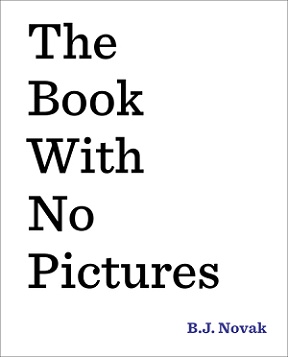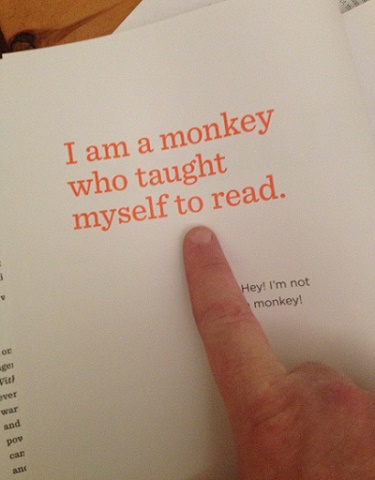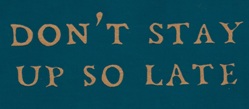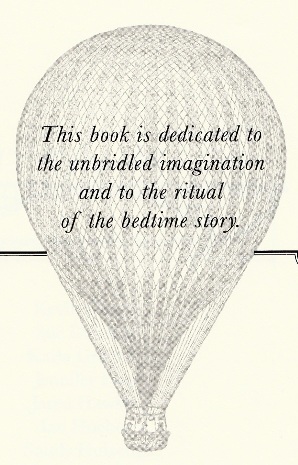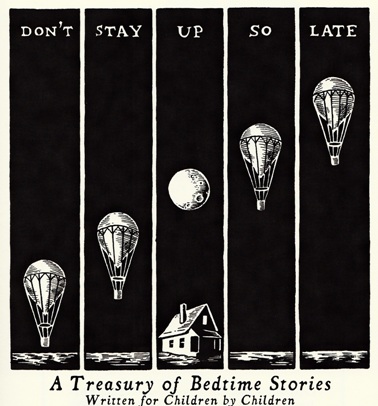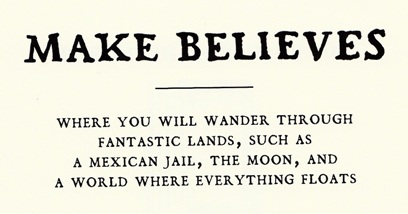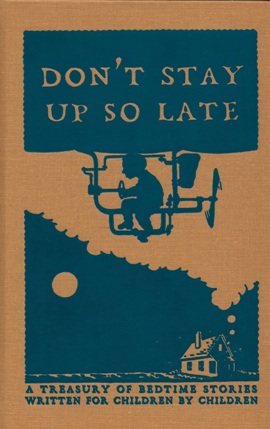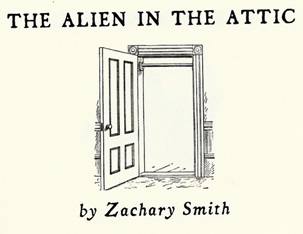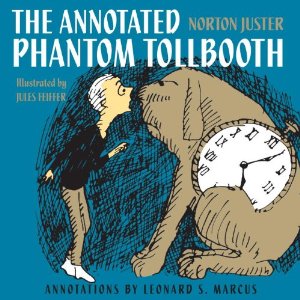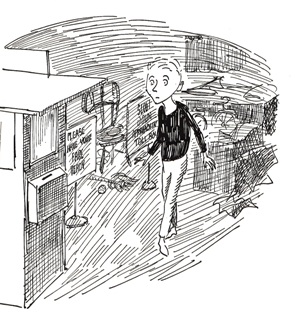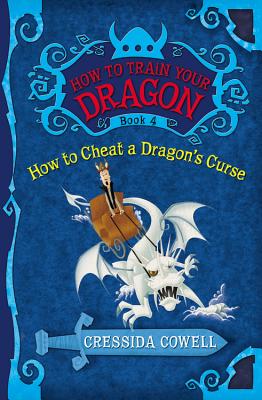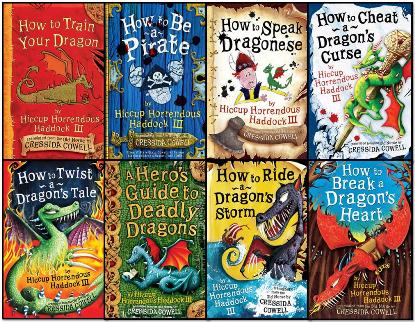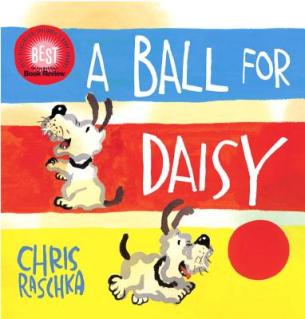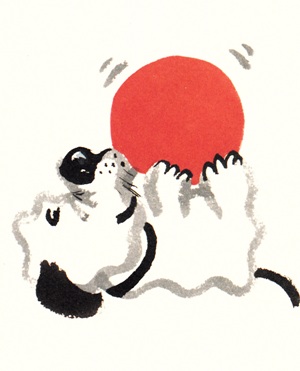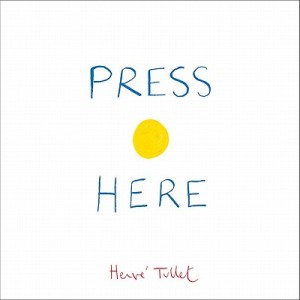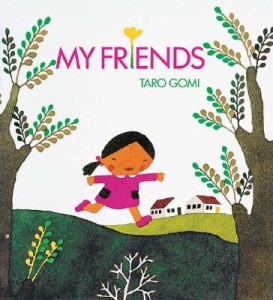April 2nd is International Children’s Book Day, an annual event that celebrates reading, literacy, and the million-and-a-half wonderful things about children’s literature. So, as I was trying to think of something to say on the topic (that I haven’t already said), I kept coming back to one recurring thought – I LOVE READING IN BED.
I do. I really do.
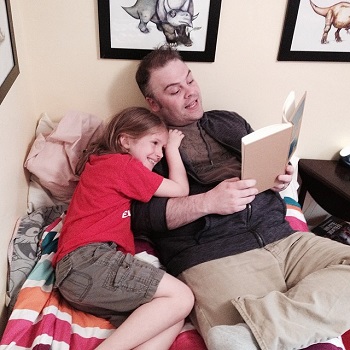
Normally, when we read in bed, we’re both in our pajamas and firmly tucked in, but we don’t invite photographers to those events…
I don’t think beds get enough credit from the publishing industry. They are the IDEAL environments for reading, particularly for reading with your kids. Case in point: There’s a new start-up company in New York, Casper, which sells mattresses made of latex and memory foam – a friend has one and digs it. But the thing that I LOVE about this company that is they not only send you your bed, but, with each mattress, they send you a book to read IN your new bed. (And you can sign-up for email bedtime reading updates on their site too.) They KNOW that their mattresses have more than one use.
I think that’s genius. I mean, I know that’s ultimately just a marketing campaign, but it’s a GREAT ONE. Why don’t more people market books and beds together? Beds and books should always be seen as symbiotic entities. Yes, my kid reads everywhere — at the breakfast table, on the toilet, on a shelf in one of our closets that she calls her “reading nook.” Reading isn’t only for bedtime, BUT some of our best, most memorable reading moments have occurred in bed.
When I bought the final Harry Potter book the morning it was released, I retreated into our guest room, sprawled out on the bed, and only came out for bathroom breaks and to loudly annoy my wife with comments like “OH MY GOD, YOU WOULDN’T BELIEVE WHO JUST DIED!” When I was first introducing our infant daughter to books, we started in our rocker next to the crib (which was intimate and amazing), but I still remember the day she got her first big-girl bed and I could finally squeeze into it with her and read a pile of our favorite picture books until I could feel her fall asleep on my right shoulder. (Her side of the bed is right, mine is left. No idea why, but we never deviate.)
My daughter has been introduced to Hogwarts, Narnia, Oz, and thousands of other precious literary landscapes in her little twin bed, with a hodgepodge pile of pillows behind us, her discounted Muppets sheets from Target below us, and her fire-engine red IKEA desk-lamp next to us, giving us just enough mood lighting to always try for “one chapter more.”
You’ll see a lot of talk online about the importance of creating safe reading spaces for kids and I couldn’t agree more. Kids needs places where they really feel comfortable to curl up with a good book and let themselves explore. But, personally, I think beds are often overlooked as reading spaces, which is a shame. Not only are beds comfortable – sometimes they’re too comfortable and you do more sleeping than reading (I get that criticism) – but they also represent these inviting, safe places, where we spend almost a quarter of our lives. We’re open in bed, we relax in bed, we let our guards down in bed.
Those are just a few of the reasons why bedtime reading with your kids is so important. It’s that symbiotic relationship between bed and books. Lying in bed can make you more open to the ideas, images, and emotions of a book, BUT the right book can also act as the perfect guide into a really restful night of sleep. The rhythms of reading are soothing – they can both expand your mind and relax it. Reading in bed can either give you a mental workout that knocks you out or it can give you a mental massage that lulls you into a deep, deep sleep. I will say that, without a doubt, my daughter always, ALWAYS sleeps better if we read to her before bed.
So, for International Children’s Book Day, here’s what I want you to do – Grab a children’s book, an old favorite, and read it in bed tonight. If you have kids, great. Revisit a classic with them and enjoy the togetherness. If you don’t have kids, no big deal. Find one of your childhood favorites and just try to lose yourself in the images and cadences and the memories of reading in your pajamas.
OH, and, if you are a parent, make sure that your kid has enough pillows, a good bed-side lamp, and a flashlight, so they can keep reading long after you told them to stop. (Some things are more important than sleep.)
***
WHAT IF YOU CAN’T THINK OF A GOOD BOOK TO READ AT BEDTIME?
Fair question. Here are a few of my favorite bedtime kids’ books. Some are soothing, some are beautiful, some are uproariously funny and actually wake your kid up, which sounds counter-productive (which it is), but it’s a whole lot of fun too… [read the rest of the post…]
{ 3 comments }
